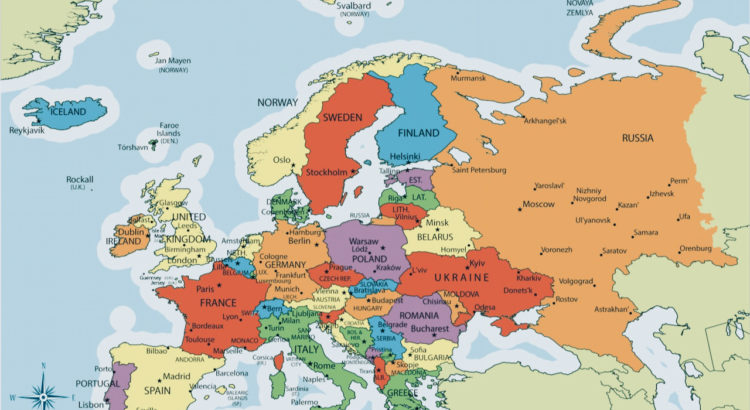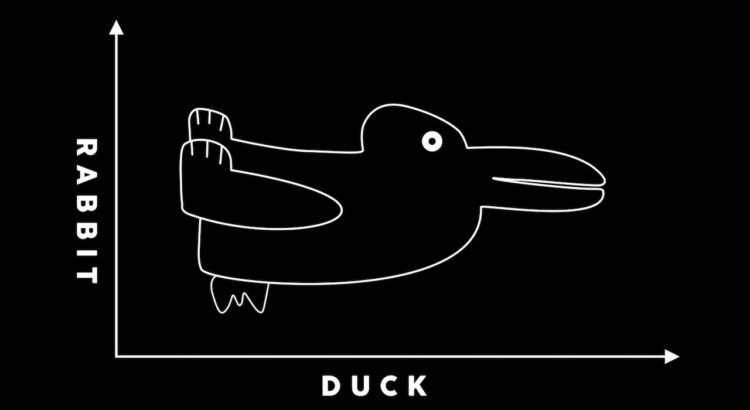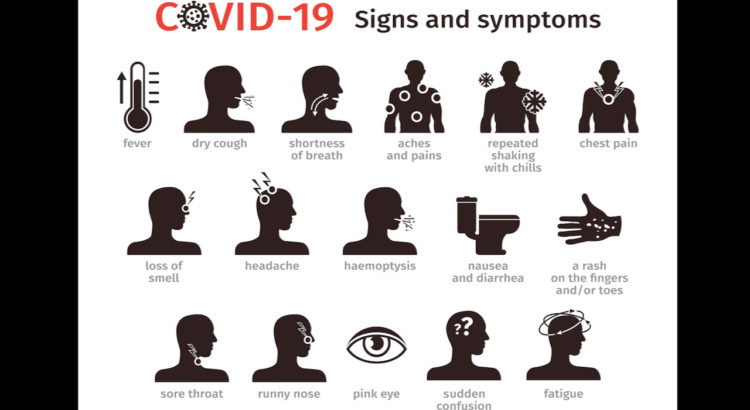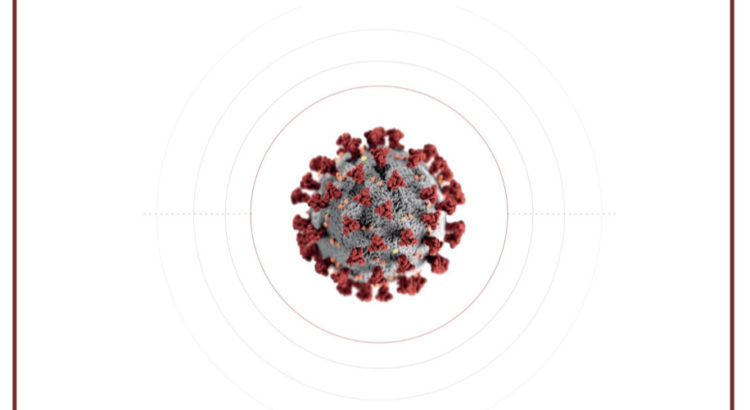It is over two years since the first lockdown and now more than a year since HART published its paper COVID-19: an overview of the evidence. We asked all the original authors to go back and review their article and update with relevant publications, revising their conclusions as appropriate.
COVID Data

Comparing covid in Eastern and Western Europe
There have been marked differences between the covid trajectories in Eastern and Western Europe; in particular Spring 2020, Spring 2021 and Autumn 2021 showed markedly different death rates (from covid).

Meddling with modelling
This paper, published in the “peer-reviewed” Canadian Medical Association Journal, quite simply represents an amoral, unethical and utterly transparent attempt to use pseudoscientific modelling to fabricate a false narrative.

How many people have had covid?
The Government has attempted to answer this question using a combination of antibody testing and the ONS household survey. The latter tests a random sample of the country each week to determine who is PCR positive and extrapolates to estimate the prevalence in the whole population.

Two years of death since covid
There are now two complete years of data since excess deaths first started to rise in Spring 2020. Therefore we can compare deaths over that time as well as comparing 2020 to 2021.

First tranche of missing vaccine deaths found
Thousands of deaths in the vaccinated missing from ONS data Over 2,000 deaths in the vaccinated had been miscategorised as unvaccinated in the ONS deaths by vaccination status reports. These were people who had had a vaccine recorded electronically but never made it into the UKHSA dataset on who had been vaccinated (NIMS). There remains […]

What is a covid death?
After two years one might hope that there was a clear definition of what counted as a covid death. Collateral Global published a report this week exposing how far we are from an agreed definition with numerous different ways to define a covid death.

Public Health Scotland and the misinterpretation of data
In its report of 14th February 2022, PHS has declared that it will no longer publish data on COVID-19 outcomes (cases, hospitalisations and deaths) classified by vaccination status, a hitherto valuable component of the COVID-19 vaccination surveillance strategy. The reason given for making this change is that ‘PHS is aware of inappropriate use and misinterpretation of the data when taken in isolation without fully understanding the limitations’.

Assessing accuracy of covid death diagnosis
There is increasing debate about the accuracy of covid admissions, with talk of “incidental” covid patients who are in hospital for another reason but happen to test positive. This would mean that should the patient subsequently die, this might be attributed to covid when this was not the cause of death.

Where did the ‘90% are unvaccinated’ figure come from?
The PM has been announcing statistics and making mistakes. He has claimed that 30-40% of all hospitalised patients were unvaccinated. On 29th December, he said that 90% of patients in intensive care were not boosted. Neither of these figures can be verified as the data is not in the public domain.

Covid Deaths: A Review of 2021
As 2021 draws to a close, HART looks back at the year that has passed and asks how mortality trends in 2021 compare to 2020.

How to manipulate a research study
There are ways to ensure any trial will give you the results you want. Here are the top six methods used to manipulate covid research results.

Vaccine Efficacy and the Number Needed to Treat
When you hear that a vaccine has 95% efficacy, what do you think that means? Most people think that it means that, if 100 people are vaccinated against a virus, 95 won’t get that virus. That’s not what it means and the truth might surprise you.

What are the symptoms of covid?
A diagnosis is a compilation of clinical symptoms and testing adds further information to help doctors decide on the likelihood of a particular diagnosis. Because a covid case has been defined not by symptoms but by a positive test result this logic has been reversed.

Why hide what happens in the first two weeks after vaccination?
There have been numerous papers that have shown how well the vaccines protect people after the second dose. Some of this effect is a mirage. The effect happens as a result of inaccurate measuring and a phenomenon called survivorship bias.

What is real-world vaccine effectiveness?
When studying the effect of vaccination or even the proportion of the population who have been vaccinated it is critical to know the size of the total population. Measuring an entire country’s population is a hugely difficult undertaking.

FULL ARTICLE: What is real-world vaccine effectiveness?
There are places where measuring the population is much easier than the UK. For example, it is much easier to measure the size of a smaller population especially in a confined space such as on an island like Gibraltar. That is why soaring case rates in Gibraltar, which claims to have vaccinated almost every adult, is causing such concern.

FULL ARTICLE: One in 20 people vaccinated since April had to be added to the NIMS database
To understand case, hospitalisations and death rates in the vaccinated and unvaccinated populations it is essential to know how many people there are in each.

